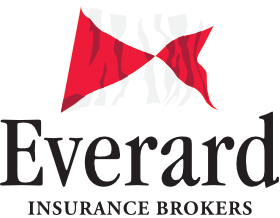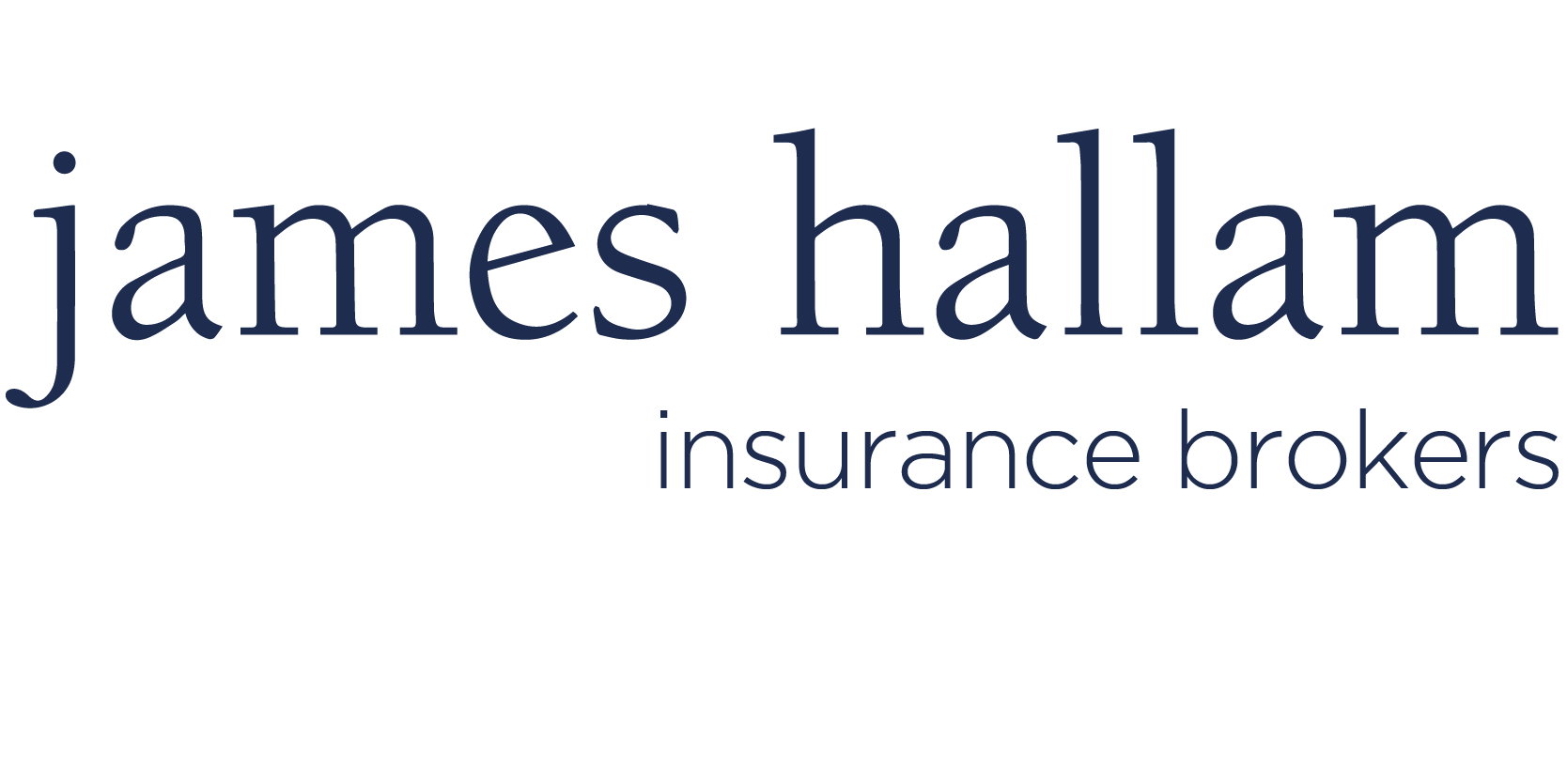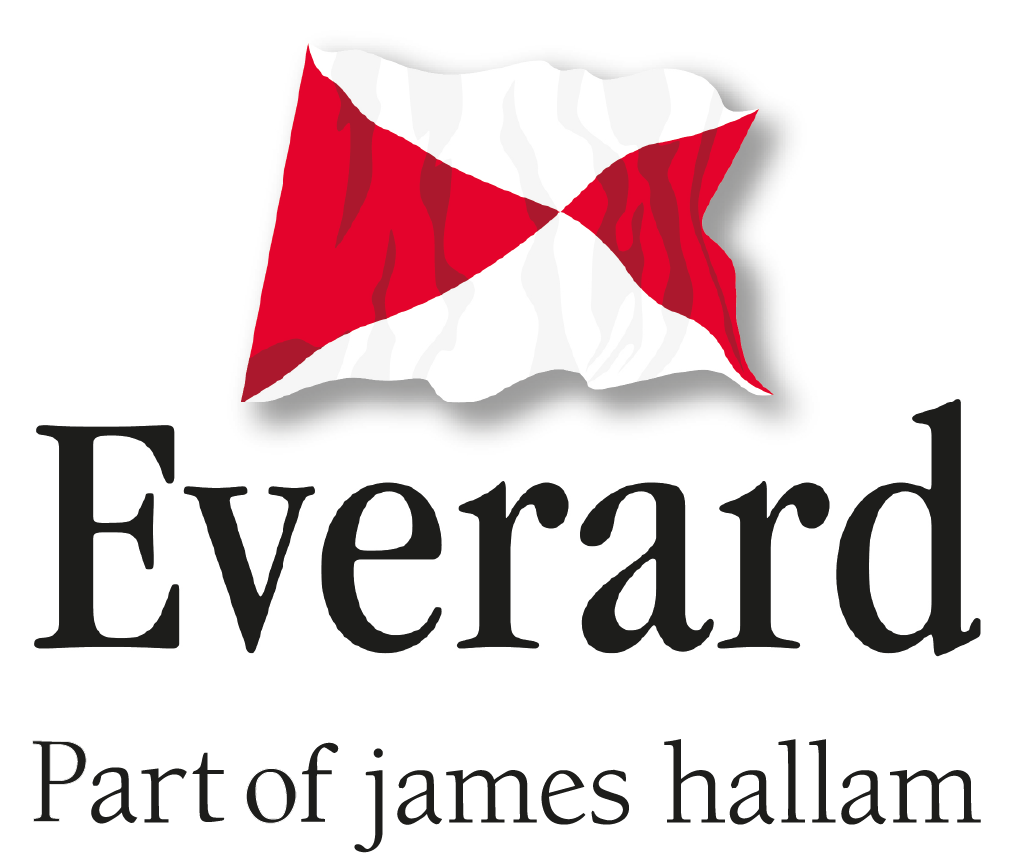
Every business in every sector must take cybersecurity seriously. Businesses in the marine industry are no exception.
In this post we will outline some of the major cybersecurity threats in the marine industry and discuss some ways you can keep your business safe from cybercriminals.
Which Marine Systems are at Risk of Cyberattacks?
Marine businesses across the world are increasingly relying on a mix of information technology (IT) and operation technology (OT) to maximise operational efficiency. Both IT and OT systems are vulnerable to cyberattacks:
Maritime IT Systems
These are largely the systems used onshore to manage the maritime operation as a whole. Cybercriminals may target data such as:
- accounts
- crew lists
- staff rotas
- payroll
- permits
- certificates
If they gain access to this data, they may steal it outright and sell it to other cybercriminals. Or they may encrypt the data as part of a ransomware attack. IT system breaches can result in a significant financial and reputational hit for maritime companies.
On-Board OT Systems
These can include onboard systems such as:
- PLCs
- SCADA
- ECDIS
- GPS
- systems for controlling engines and cargo remotely
It is easy to imagine the chaos that could ensue if a cybercriminal gained control of any of these systems. Along with the financial and reputational damages, there would also be potential for environmental damage, destruction of property, and even loss of life.
One increasingly critical area of concern is the Automated Identification System (AIS), which transmits vital information about a vessel’s identity, position, and course to nearby ships and coastal authorities. Originally designed to improve navigation and safety, AIS was not built with cybersecurity in mind. It is vulnerable to attacks such as spoofing and data manipulation, which could mislead vessels about the presence or movements of other ships, increasing the risk of collisions or grounding. As the marine industry becomes more interconnected, protecting systems like AIS is becoming a key focus for cybersecurity strategies and specialist marine cyber insurance policies.
How Big is the Risk of Cyberattacks For Marine Businesses?
The latest World Economic Forum report on cybercrime revealed that there were historic levels of data breaches in 2024. The forecast for 2025 predicts increasingly sophisticated attacks, largely fuelled by advances in artificial intelligence and marine learning technologies.
Despite the growing risk and sophistication of cybercrime, it seems that too many maritime businesses are either unaware of the risks, or unprepared to meet them. According to a recent DNV Maritime Cyber Priority report, only 40% of surveyed marine organisations are investing sufficiently in IT and cybersecurity.
Cybercriminals do not discriminate. They do not care what sort of business they target. No business is too big, or too small, for them. If they find a vulnerability, they will exploit it. And thanks to AI and machine learning technologies, they can quite easily target multiple businesses in multiple sectors with multiple attacks at once.
If your maritime business is not taking cybersecurity seriously, it may only be a matter of time before you fall victim to a cyberattack or a data breach. As the global maritime industry becomes increasingly aware of the risks of cybercrime, any business that does not take steps to secure itself may eventually struggle to get charters.
Regulations and Guidance for Mitigating Maritime Cyber Risks
The International Maritime Organization (IMO) has set regulations for cybersecurity onboard vessels. This means that shipowners, operators, and managers have a legal duty to meet certain cybersecurity requirements both onboard and offshore.
The IMO has also issued a set of guidelines on maritime cyber risk management. They outline the marine technology and assets that may be vulnerable to cybercrime, along with the operational, safety, and security implications of cyberattacks.
The guidelines also include some tips for identifying, analysing, assessing and communicating cyber risks in the marine industry.
You can access the full IMO cyber risk guidelines.
Key Cybersecurity Principles For Marine Businesses
No two maritime businesses are quite the same, so every business involved in shipping and logistics may face a unique set of cybersecurity risks.
Nonetheless, here are three key principles that every maritime business should consider as part of their cybersecurity strategy:
- Perform a thorough audit of all of your key systems, so as to identify any possible points of vulnerability. Once you understand the specific cybersecurity risks your business is facing, you will have a better understanding of the steps you will need to take to mitigate or minimise these risks.
- Staff training. Make sure that all staff, including onboard crews and onshore support workers, understand the risks of cybercrime. Everyone should be able to spot the signs of a potential cyberattack – such as a phishing email – and all should know what to do if they ever suspect that key data, or a key system, has been compromised.
- Software updates. Cybercriminals are constantly looking for vulnerabilities to exploit. Keep on top of updates for all of your key systems, both onboard and onshore. This can help to minimise the possible points of entry for cybercriminals.
Cybersecurity and Seaworthiness
As ships rely more on digital systems, cybersecurity has become a key part of seaworthiness. Recent legal guidance suggests that if a vessel does not have proper cyber risk management, including cyber insurance, it could be classed as unseaworthy. This could mean that marine insurance policies are invalidated in the event of a claim. For newbuild vessels especially, having strong cybersecurity protections and specialist cyber insurance is becoming essential, not just for safety but to meet legal and operational standards.
Specialist Cyber Insurance For Marine Businesses
Everard Insurance Brokers are the specialist marine trading division of accredited Lloyd’s brokers James Hallam Limited. We can help you ensure you have the insurance you need to cover your marine business for all cybersecurity risks, both onshore and at sea.
Our specialist marine cyber insurance policies can offer protection against a wide range of digital threats, including breaches of onboard operational technology (OT) systems like GPS, ECDIS, and the Automated Identification System (AIS). With targeted attacks on maritime navigation and communication systems on the rise, comprehensive cyber coverage is essential for safeguarding your assets, operations, and reputation.
Find out more about our dedicated marine insurance services.













